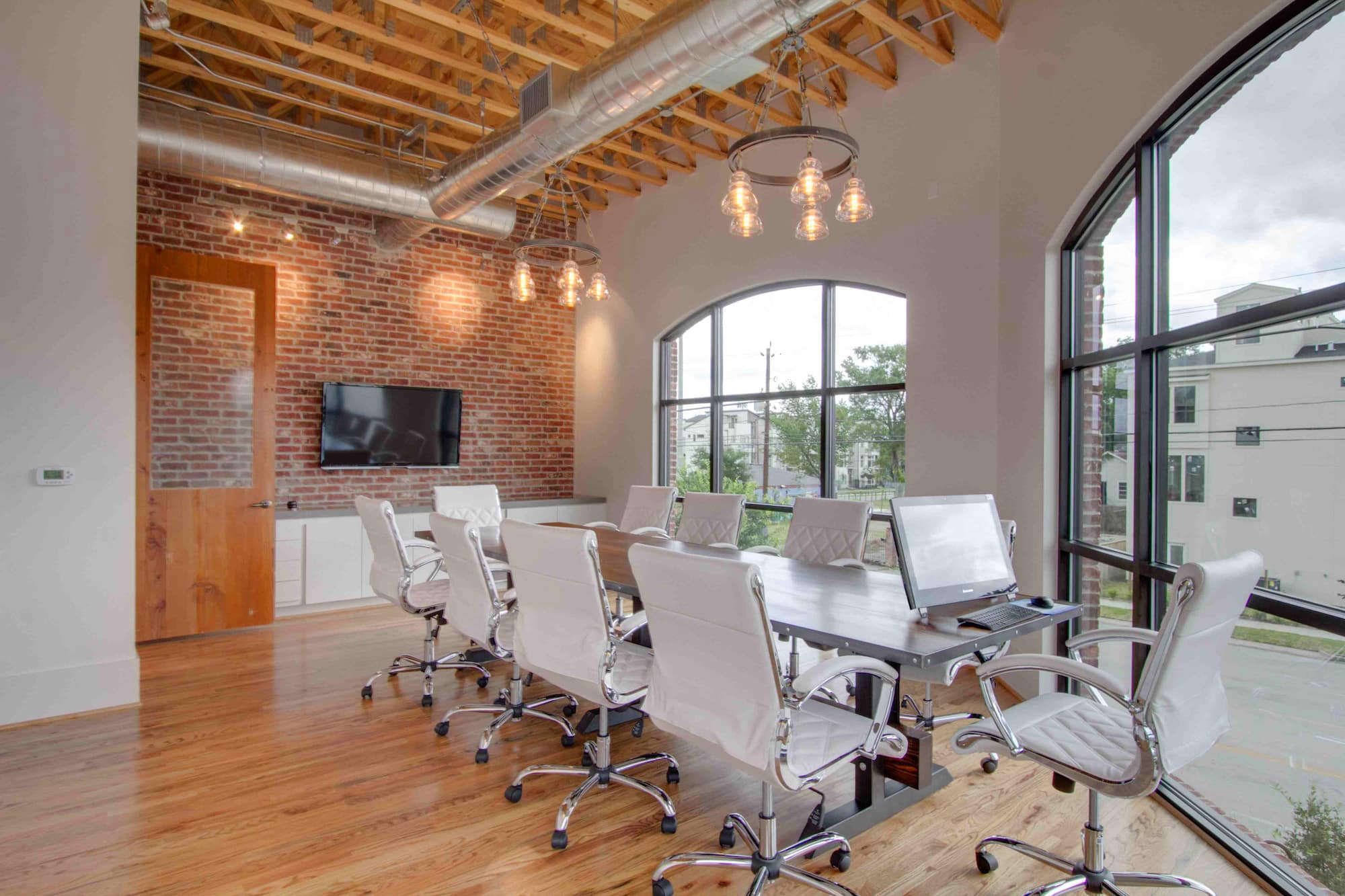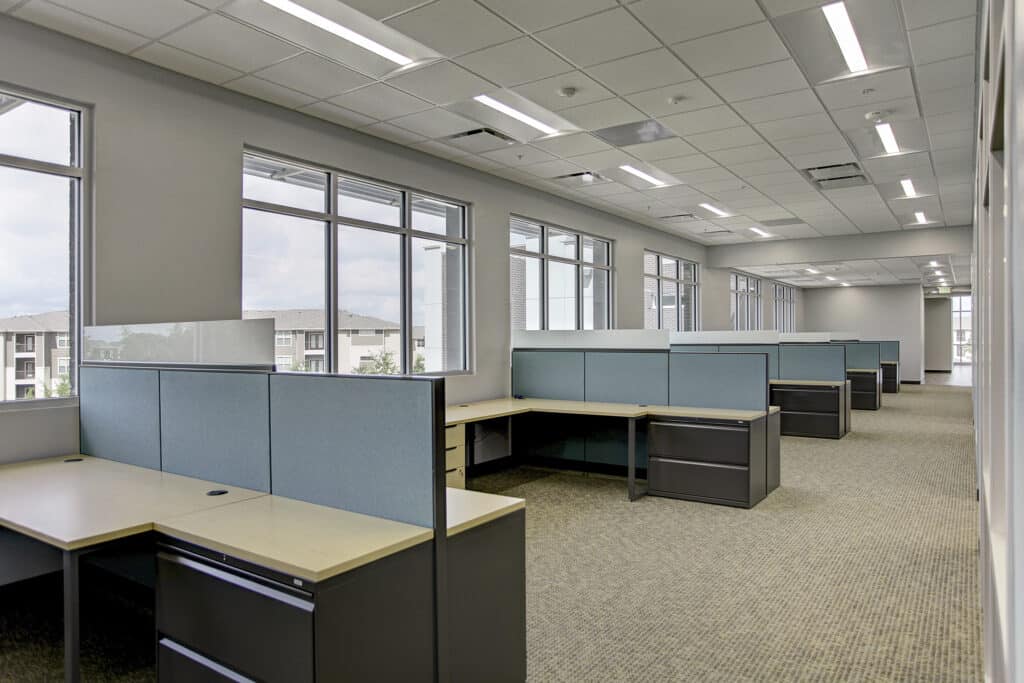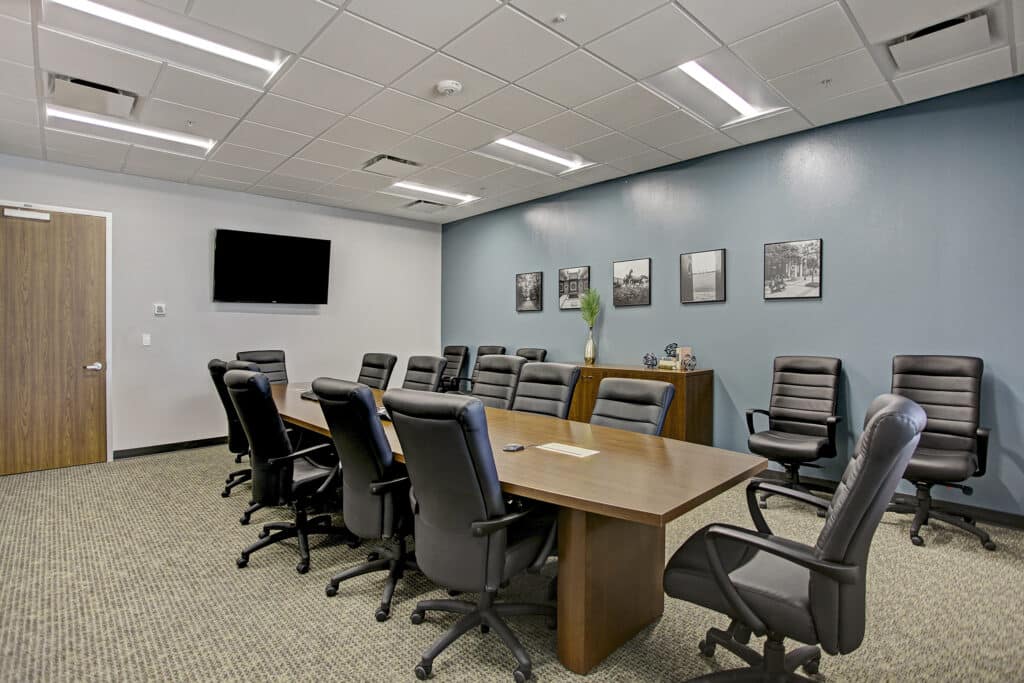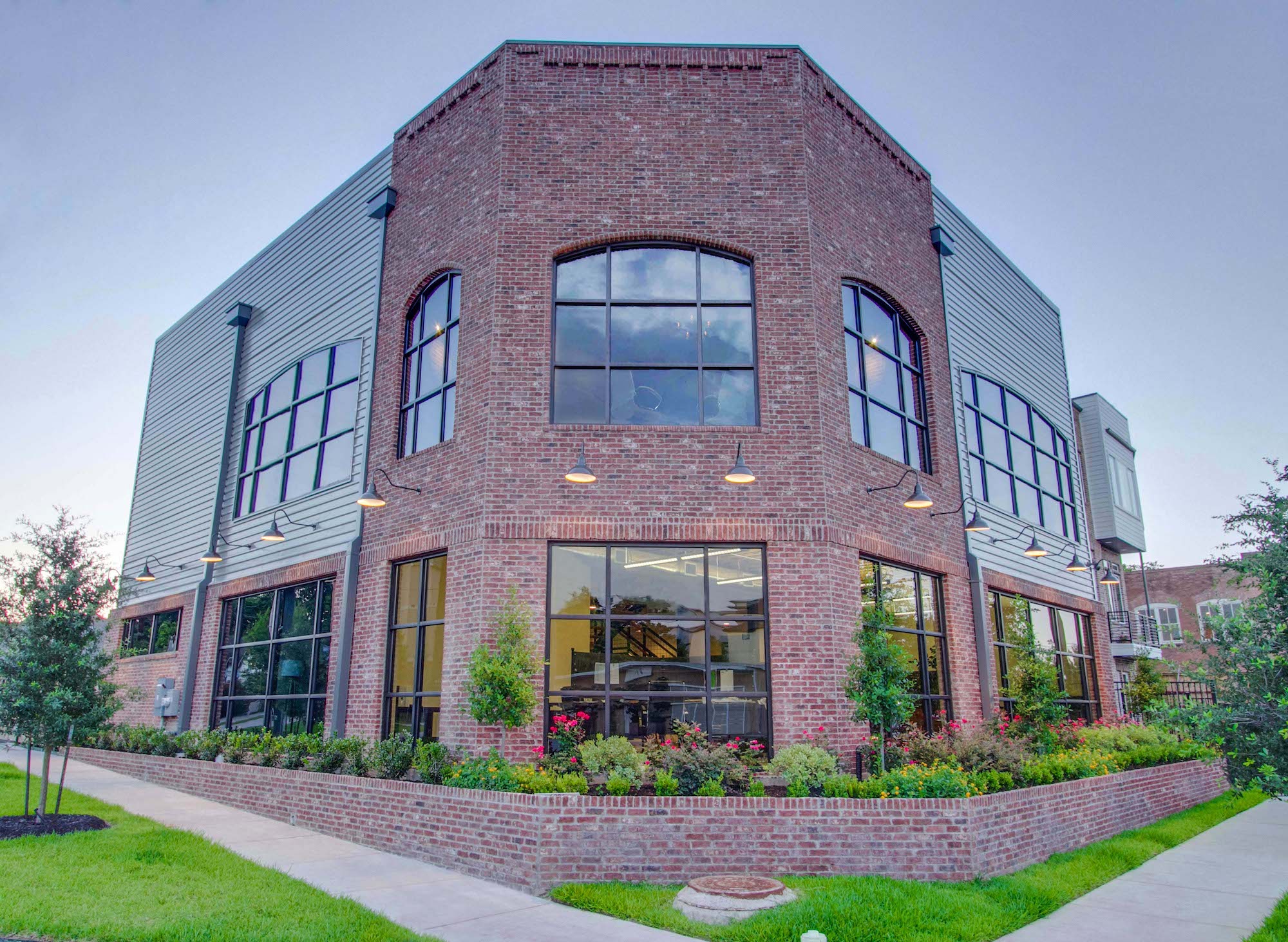The business landscape is constantly changing, driven by technological advancements, evolving work dynamics, and changing customer expectations. Businesses must adapt their commercial spaces to meet the evolving demands of the work landscape. Adapting commercial spaces goes beyond mere aesthetics; it involves creating environments that foster collaboration, productivity, and employee well-being and align with the demands of the digital age.
Understanding Changing Business Needs
To effectively adapt commercial spaces, it is essential to understand the changing needs of businesses:
1. Shifting Work Dynamics
The rise of remote work and flexible work arrangements has become increasingly prevalent. Companies now require commercial spaces supporting in-person and remote collaboration, offering flexibility and seamless connectivity. Office layouts must be designed knowing that teams may sometimes be physically present in different spaces. The optimal hybrid workspace includes integrating technology to facilitate virtual meetings, digital communication, and collaboration tools that bridge the gap between remote and on-site employees.
2. Flexible and Collaborative Work Environments
Traditional rigid office setups give way to dynamic and adaptable spaces that encourage teamwork, creativity, and innovation. Commercial spaces should include flexible furniture arrangements and communal areas. Modular furniture allows easy reconfiguration to accommodate different work activities and potential changes in needs. By creating open rooms and shared spaces, businesses can promote interaction and cross-functional collaboration, essential for problem-solving and knowledge sharing.

3. Employee Well-Being and Productivity
Modern businesses recognize the importance of employee well-being and its impact on productivity. Ergonomic workstations, adjustable furniture, and supportive seating contribute to employee comfort and reduce fatigue. Incorporating design elements such as plants and natural materials can improve employee’s moods, reduce stress, and increase productivity.
4. Embracing Technology and Digital Transformation
The digital age demands technology integration into commercial spaces. High-speed internet, innovative office solutions, and virtual collaboration tools are necessary for efficient operations, streamlined communication, and enhanced productivity. Reliable internet connectivity ensures seamless access to digital resources and supports real-time collaboration between in-person and virtual employees.
Adapting Commercial Spaces
To successfully adapt commercial spaces to changing business needs, consider the following strategies:

1. Redesigning Office Layouts
Create flexible and modular office layouts that can be easily reconfigured. Add adjustable furniture, movable partitions, and multifunctional spaces to accommodate changing work requirements. Emphasize open areas and collaboration zones to foster interaction and creativity. Design spaces that cater to different work styles, including quiet areas for focused work and collaborative spaces for group discussions. By incorporating flexible design principles, departments can adapt their rooms to the evolving needs of their team.

2. Embracing Technology and Connectivity
Ensure robust internet connectivity and infrastructure to support seamless communication and operations. Incorporate smart monitors and 360° conference call cameras for convenient collaboration. Integrating technology into commercial spaces enhances productivity, streamlines processes, and improves operational efficiency.
Overcoming Challenges in Adaptation
Adapting commercial spaces may present challenges, including financial considerations, privacy concerns, and legal and regulatory requirements.
The initial investment in adapting offices can be a significant barrier for businesses. However, companies can explore cost-effective solutions, such as leasing options, shared spaces, or phased renovation plans. Privacy concerns can be addressed by creating designated private areas or implementing soundproofing solutions in open office environments. Adhering to legal and regulatory requirements requires thorough research and compliance with building codes, accessibility guidelines, and safety regulations.
Adapting commercial spaces to changing business needs is essential for businesses to thrive in the future. Successful adaptations require careful planning, flexibility, and a commitment to continuously evolve to meet the changing demands of the modern business landscape. By building for the future, businesses can position themselves for long-term success and remain at the forefront of their industries.

